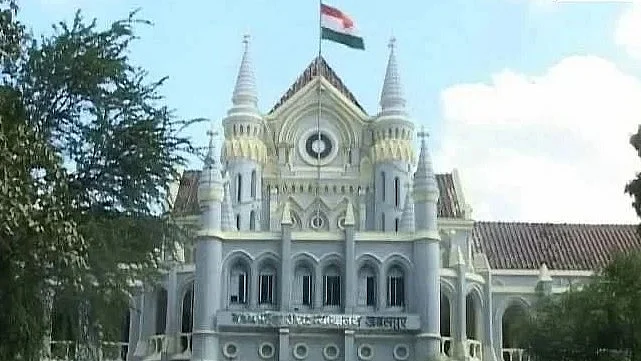Bhopal (Madhya pradesh): Ram Sahay Pandey, 94, from Sagar in the state is credited with lending respectability to Rai, a folk dance of the Bundelkhand region. The dance traditionally was performed by women of the Bedia community with a section of them being looked down upon as courtesans. That had stigmatised the dance and Pandey had to face stiff opposition from his family and society for promoting Rai.
Pandey is one of the five Padma Shri winners from the state this year. Earlier, the Shikhar Samman of the MP government was also conferred on him. He founded the Bundeli Lok Nritya Evam Natya Kala Parishad.
Pandey was in the city to attend a felicitation ceremony for Padma Shri winners at the chief minister’s residence on Friday.
In an interview with Free Press at Hotel Lake View, Pandey talked about his life’s journey and how Rai dance became his first and last love.
Excerpts :
Tell us something about your childhood.
My childhood was full of hardships. We were four sisters and four brothers. My father passed away when I was just two. My eldest sister was married by then. We were left with no means of livelihood. Our village, Madhaar Patha, (in Sagar district) was very small. Some years later, I shifted to the nearby Kanera Dev (also in Sagar district), where my elder sister lived. I started rearing cows there. Then, a disease spread and all the cows died. Soon, I lost my mother and my eldest brother. What can be a bigger tragedy for a child than losing both his parents? I had to run our household.
How were you introduced to Rai dance?
I was about 8 years old and was studying in class 1 in a school in Sagar. I somehow came to know that a big fair was being organised at Sanoda, a nearby town, on the occasion of Sankranti. Several people were going there in bullock carts. I begged to be taken along. They agreed. At the time, no fair in Bundelkhand was complete without Rai dance. So the dance was performed there, too. I was mesmerised. It was love at first sight. And that love lasted all my life.
What was the reaction of your family?
After my Sanoda visit, I stopped going to school. I dumped my bag somewhere and went off to the fields, where I practiced playing Mridang. Soon, my elder brother came to know that I was skipping school. I was scolded. They were very angry that I, a Brahmin, was drawn to a dance form which had a stigma attached to it. At the time, Rai dance was performed by women of the Bedia community, who made a living by prostitution. But I was adamant. I told them that come what may, I will not give up the dance.
Did you personally make this association i.e. between prostitution and Rai?
I saw the Rai dancers as artistes. For me, they were dancers, performers. They entertained people with their art. They danced barefoot. They danced the whole night. I played Mridang for them. In the morning, I returned to my home and they went to their homes. What they did at their homes was none of my business.
How did the wider community react?
See, at the time, I was the only man who used to perform Rai. The people of my community were very upset. They almost boycotted me. No one was ready to marry his daughter to me. I did get married later and my wife (who is no more now) always supported me a lot. While women in Bundelkhand objected to their husbands even going to see a Rai performance, my wife always told me that I should go and earn a name for myself.
What changes have come about since then?
Firstly, Rai is not performed only by Bedia women now. Women and also men from all communities perform it. I had taken a troupe of girls and boys to Delhi to perform at Rajpath on Republic Day. They included Brahmin and Thakur girls. Secondly, Bedia women are no longer involved only in prostitution. Yes, some of them are, but not all. Most Bedia women now get married and remain loyal to their husbands. Some Bedia girls and boys are in jobs. The Bedias have also become religious. They are building temples, they perform religious rituals.
How do you see the future of Rai?
Rai is a part of the cultural heritage of the Bundelkhand region. It is performed in the entire region right from Sagar to Chhatarpur, to Datia, Jhansi and Lalitpur. I cannot say about other areas but in Sagar at least, it is dying. The number of performers is not even a quarter of what they used to be. One reason for this is the emergence of other means of entertainment, like TV.
How can it be preserved?
At a personal level, I am doing all I can. My sons are Rai dancers and I am still training young girls and boys. But that is not enough. The government needs to take some initiative. It can provide financial assistance to Rai dancers.










